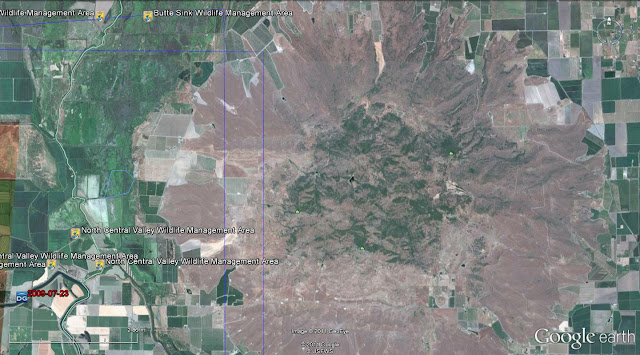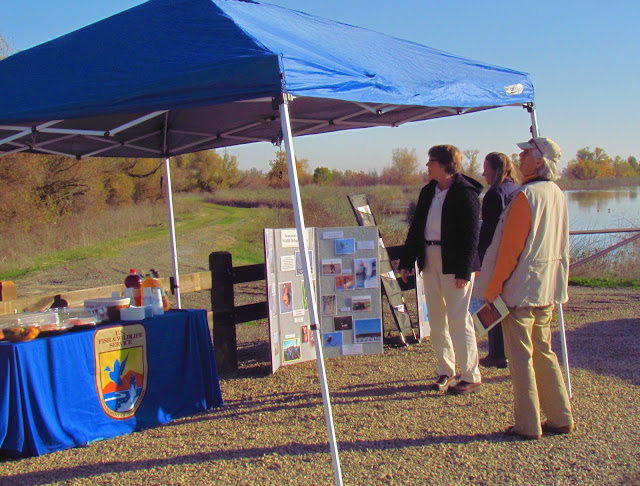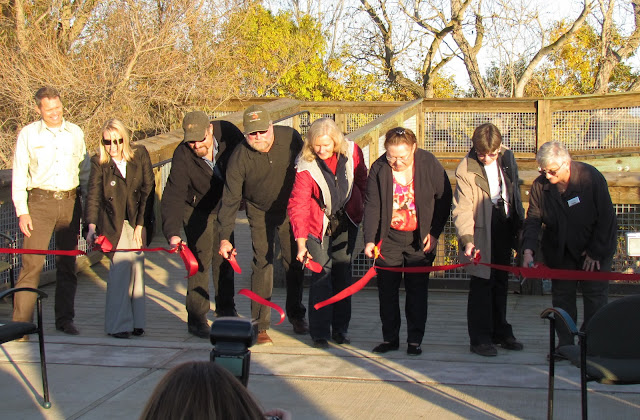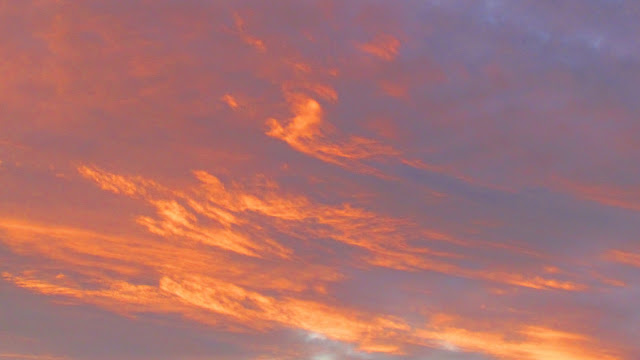One of the first landscape formations to intrigue me was what appeared to be a group of tiny mountains. Although they didn't look too far away, they seemed very small. On a map, they look like a place where a giant, whose hands were covered in a sticky dough, touched the earth with his finger, and left a raised fingerprint. The Sutter Buttes are a series of hills roughly forming a circle only about 10 miles in diameter. From a distance, they just appear as a little strip of mountains. Mostly I've just seen their outlines against the sky when looking west or southwest.
 |
| This Google image shows most of the Sutter Buttes- the gray with the green in the middle |
|
|
The Sutter Buttes were formed by a volcano
about 1.6 million years ago in the early Pleistocene era. But this volcano seems to be on it's own fault line, which is no longer active, because it doesn't exactly match the characteristics of either the volcanoes in the Cascades or the California Coast Ranges.
To view an excellent photographic discussion of the geology of the Buttes, click
here. The US Geological Service also has an interesting
brochure on the geology of the Buttes.
The Buttes seem to me to be a special place of mystery and spirituality. At least two tribes of native peoples, the
Maidu and
Wintun, thought of them that way also and considered them sacred.The Maidu called them Middle Mountain. There were no permanent villages in the Buttes, but the Indians gathered acorns and hunted there.
Today there is a foundation called
Middle Mountain Foundation Land Trust that has the goal of preserving the ecology of the area within and around the Sutter Buttes. It also leads public hikes. I'm hoping to finesses a hike with them, even though I'm supposed to work on the weekends and that is when the hikes happen.
As the Buttes were formed, the land around them sank. So, on both the east and west sides, there are sinks that have formed wetlands. Some of the area is used to grow rice and there are several preserves in the sinks. One of them is the Butte Creek Farm which the Sacramento NWR Complex staff manages. It was sold to the Fish and Wildlife Service with the stipulation that there would be no public access to the land. A hunting club hunts in the area around it. Staff and volunteers got to go on a field trip there several days ago.
While there, I got the closest and prettiest view of Sutter Buttes so far. So, after I found the fields of swans, I took a series of roads that would lead me around Sutter Buttes. Indeed, I got to go through part of them on the south side. However, by the time I got there, the sun was almost finished and I only took pictures looking north.
 |
| View of Sutter Buttes looking east from Butte Creek Farm |
While driving towards the swan fields, I got diverted into looking for a boat launch on the Sacramento River at Meridian. The day was foggy but I got these pictures of the west side of Sutter Buttes in the fog.
 |
| Nut orchards near east side of Sutter Buttes |
 |
| West side of Sutter Buttes in Fog |
Clearly there was a lot more to Sutter Buttes than I had discovered. So I decided to go all the way around Sutter Buttes - still a very short distance - and see what they looked like. While I was on the south and east sides of them, the day was still cloudy and foggy so I continued on to look for the swans and had other little adventures. By the time I had found the fields of swans, the day had turned beautiful.
 |
| Tree and grass on north side of Sutter Buttes |
 |
| View of North side of Sutter Buttes in late fall afternoon sun |
 |
| Sunlight and shadows on north side of Sutter Buttes |
 |
| Another view |
The fields nearest the outcrops of rock are used to graze cattle.
 |
| View through nut farm orchards towards South Butte, the highest at 2130 feet elevation |
 |
| Another north view |
 |
| Northwest View - these are andesite boulders and some were used by the Indians to grind acorns into flour |
 |
| West View - this region is owned by cattle ranchers who graze cattle on the grassy parts. |
 |
| Rock Outcropping |
 |
| South View |
 |
| South View |
 |
| Looks like a skin over fat |
 |
| Rocky Outcrop -this is part of the ramp formed by the volcano |
 |
| Barn against the south side of the Buttes |
 |
Another south view
|
In 2003, State Parks acquired 1,785 acres of the Buttes, including a section called Peace Valley. The park is not open to the public and has yet to be named.
Hopefully it will be open, the next time I'm in the area.



















































